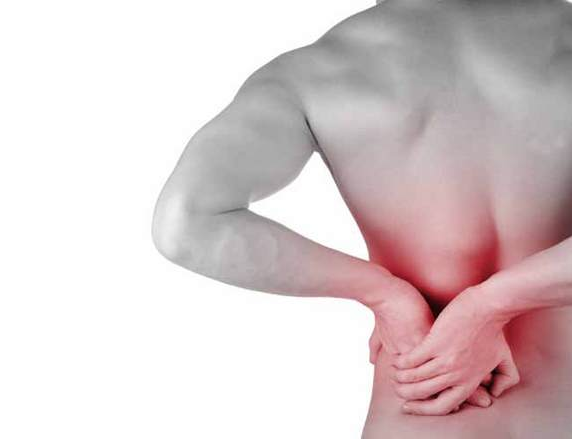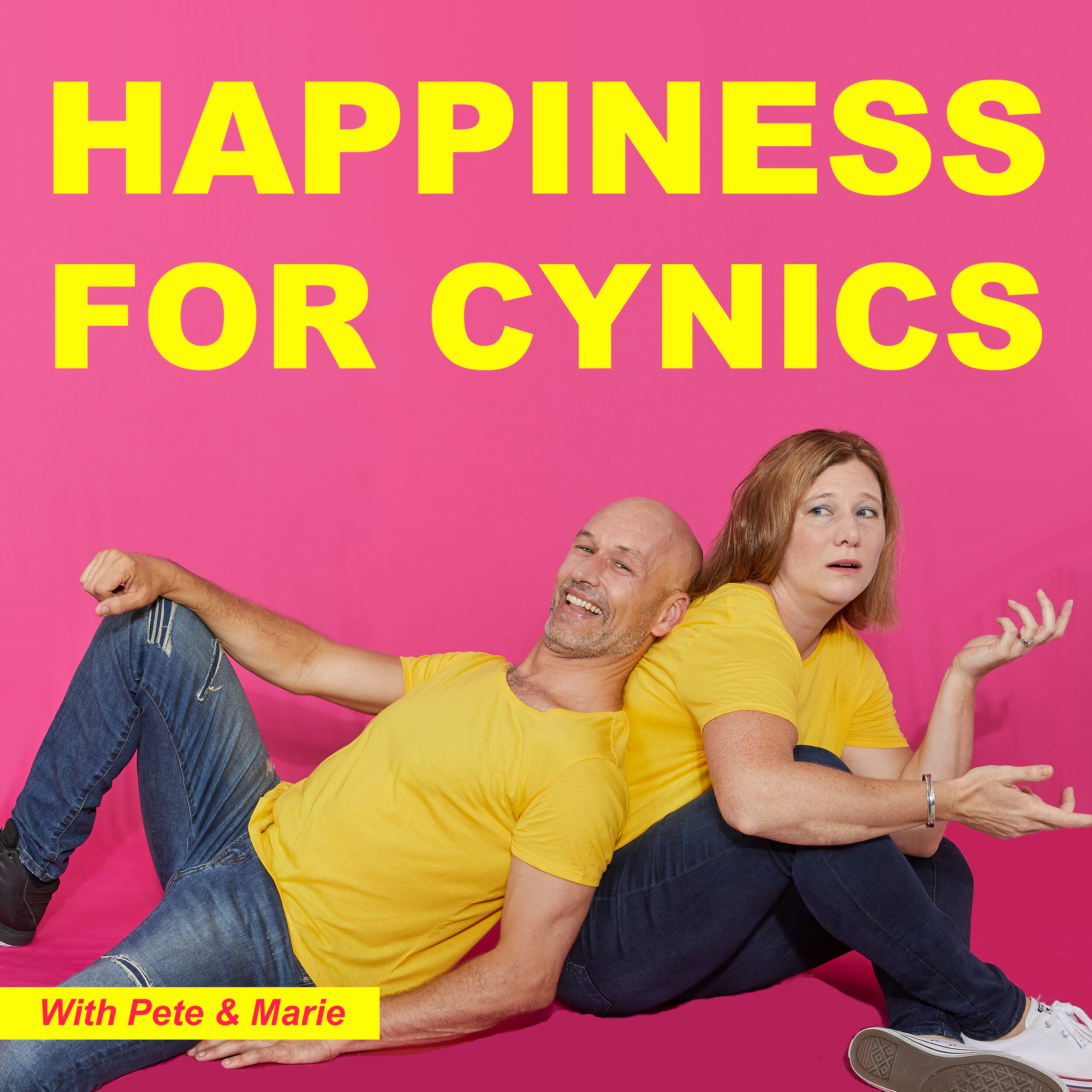Movement patterns in the body are what we call the complex nature of muscles, bones, ligaments and joints all working together to create movement. There are certain movement patterns that are primary, like walking and there are also the more complex ones, like a cartwheel that requires lots of different movers, stabilisers and synergists that all work together to achieve the movement of flipping on your hands.and off again onto your feet.
When we look at movement patterns, we are looking at the biomechanics of movement - the needed activation of muscles to generate a stable platform, move joint spaces and co-ordinate body parts to do the job they need to do to create movement. A step may seem like the simplest thing we do, a primary skill we learn from a young age and use most of our life without a second thought. But the motion of picking up one foot and putting it in front of the other and then transferring weight onto that foot, then repeat the process is actually quite complex and involves a myriad of joints, bones and co-ordinated functions to achieve this vital body mechanic.
In the past I have talked a lot about biomechanics and how identifying a root problem can be the key to unlocking pain and issue in other parts of the body. To illustrate this point, let us look at the fundamental aspect of walking and for the purpose of the article, let’s look at the perhaps the lesser considered joint - the big toe.
The big toe, or HALLUX as it is known in latin and used in anatomical language, is one of the most vital parts of the body when it comes to humans and our ability to stand or to walk. Without the Hallux - we fall. It’s plain and simple. The big toe is vital to us being able to control the whole motion of the foot itself as we take a step and move our weight forward over the foot, ankle, knee and all the way to the pelvis. Thus it stands that any deviation or issue with this joint and structure has massive impacts on the rest of our body and our ability to generate locomotion.
The Hallux is vital for balancing the weight of the human body over the foot in both static and locomotive function. When we stand, the hallux is the primary joint that balances the weight of the foot. Looking at the anatomy, the FLEXOR HALLUCIS LONGUS (FHL) controls the flexion of the big toe and is a vital and primary balance muscle. The arches of the foot are prone to medial pronation. Thats a rolling in at the ankle. The foot is designed to pronate and roll inward, balancing the weight of the body over the inside edge of the ankle and metatarsals. The FHL is a powerful muscle that uses the largest digit to prevent the foot and ankle from rolling inwards as it supports the bodyweight in a static position.
In locomotion the Hallux becomes even more vital due to the nature of the foot in its articulation of gait. As we step, we start with heel contact and then roll through the lateral/outside edges of the metatarsals and then the weight shifts inward (pronation) and the emphasis of weight shift falls to the metatarsals (bones at the end of the foot). This pronation is vital as the bodyweight is moving inward and the Hallux/FHL must control this pronation and use its kinetic energy to propel weight forward. The Hallux and the FHL press into the ground, negating the pronation of ankle and moving the weight of the body forward and off the ground, into the next step.
Now for example, if we take the hallux away from the equation in foot strike and human movement. the weight of the body is not arrested and we have an inward ‘pronation’ of the ankle and the bodyweight which causes an imbalance further up the chain. The knee is the next major joint of load bearing and movement after the ankle and without Hallux function, the knee will have to work harder to prevent over-pronation and ideally this falls to the Anterior Cruciate Ligament (ACL). The over-pronation at the ankle can cause the knee to roll medially (inward) and then other structures becomes stressed trying to negate the inward rotation of the femur against the mensicus. The instance of ACL issues and similarly the popliteus have been cited by researches as being affected from foot misalignment and function.
If we move further up the chain, when you have medial movement of the knee the hip joint is the next in line and the muscles that work to stabilise the pelvis is the Gluteus Medius and Gluteus Minimus. These small muscles on the upper crest of the buttocks are Hip Abductors and also work to stabilise the pelvis in movement controlling the supporting side at the sacro-iliac joint (SIJ). Medial movement in the knee can place stress on the supporting hip and ask the gluteus medius/minimus to stablise the pelvis in walking and running cycles. Overloading here can create pelvic imbalances and a rotation of the pelvic girdle that results in an inflare on the contralateral (opposite) side of the body.
Enter the Quadratus Lumborum (QL), the small band of muscle that connects the bottom rib to the tip of the iliac crest. A rotation in the pelvis will see these muscles working harder in movement as the pelvis is not balanced and stable and thus the muscles that control the extension of the lumbar curve and sideways movement of the torso against the hips will be adjusting to deal with the extra load. This then moves up into the spine and the Erector Spinalis muscles that control individual rotation of the vertebrae and the spinal column in general which then leads into the shoulder. A misaligned pelvis and spinal column will not make for even load in the shoulders and a downward pull on the anterior shoulder could be a result. You can see how we are connecting dots here.
It would appear that an obvious link between a bad toe and a bad shoulder might be far fetched - however when you break it down and look at the influences over a sustained period of time with the body making its various adaptions and adjustments to deal with the minimal influences of movement, you may be able to understand why the two can be directly linked.
When we move and repeat a movement pattern over time, we can deal with these adaptions regularly enough, but repeated patterns and especially non economic patterns have a way of creating too much stress and that is when we as people, begin to feel the pain and load of these biomechanical issues. The knee is ‘tweaky’, the hip is stiff, the back feels tight and the shoulder starts to feel restricted. Its subtle but it has an effect. Now throw an impact into this equation such as falling into a pole and these adaptions become much more acute and exposed.
The body is amazingly adaptive. it has a sequence of movers and stablisers that create a unique continual framework that enables us to complete our myriad of movements. In no way can one joint space be limited or separated from another. The complexity of balance and stability along with generation of power to enable movement links each individual joint together.
Dr Jake Salaz illustrates a great basic understanding of this concept from assigning major joints with one of two roles: Stability or Mobility. If we look at the major joints and assign this role, you can begin to identify an alternating pattern between the major joints.
I like this model as you can begin to see how an issue that reverberates up the body comes from having a relationship with its previous brother in arms if you like. A mover vs a stabiliser. And that each stabiliser is surrounded by two movers (and vice versa) it shows how two mobility joints can become overloaded and thus begin to fail after an extended period of adaption which then feeds into the cycle that can travel from toe to shoulder or even to wrist and hand!
Lauren Neidigh gives a great allegory of how our body is a team like a collaborative school project team. Inevitably certain individuals within the team, don’t pull their weight and as we get closer and closer to the deadline, the ‘workers’ begin to get upset and start to walk away from their role and responsibility until the project actually fails. Now applying this to the body, you see how these joints can be applied to that team philosophy. What I like about this explanation is that whilst there is no pressure on the group, the decreased productivity of individual elements (joints) isn’t an issue. But as pressure increases (ie movements/training/loading) the individual elements that are taking up the slack begin to fail. They can’t cope with the load on their own. They need the team!
So in this way, it is vital to look beyond that which is just the biggest primary pain provider. I have often cited this as a philosophy in my clinic and work - that we are constantly addressing the body as a whole and not just considering the individual joint or issue. The body works as a unit and each individual part has a role and this can influence the other players. And the smallest contributor can sometimes be the architect of more prominent results.




